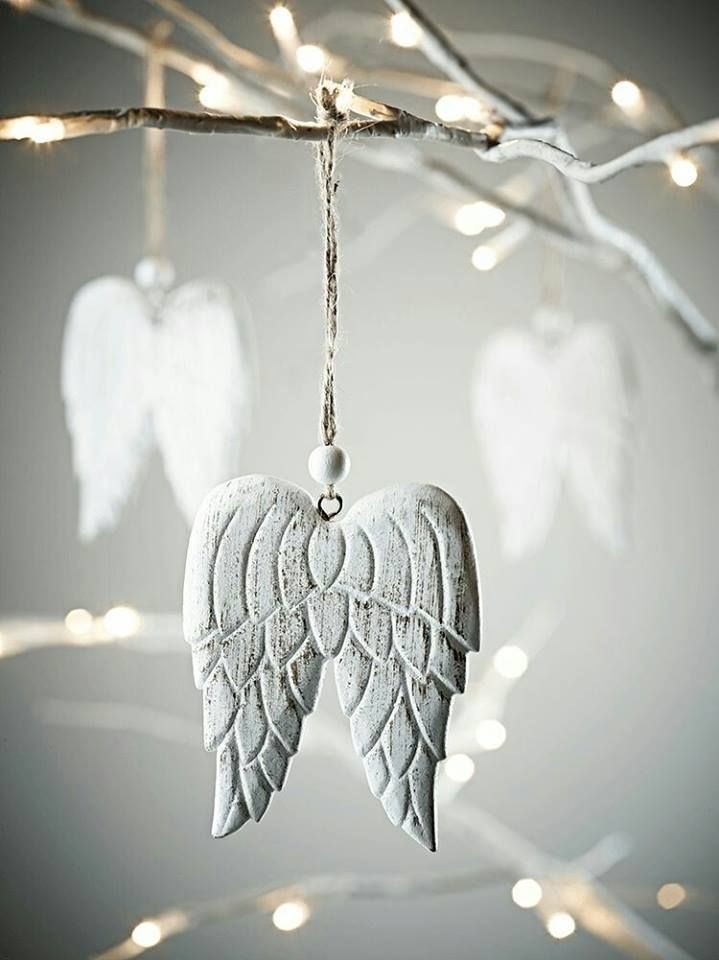Art Therapy Remedy: A Journey Through Creation, Consciousness, and Evolution
- Koöko Fleurs
- Aug 15
- 3 min read
Updated: Aug 29

Whether through the act of creation or the contemplation of its result, art has long stood as a mirror to the human condition. It responds to our inner turmoil, yet simultaneously unsettles what we believe we know about the world. In this duality, art becomes both a question and an answer — a space where certainty dissolves and deeper truths emerge.
From Plotinus to Hegel, philosophers have argued that art is not merely decorative or expressive, but epistemological. It is a means of accessing knowledge. Unlike language, which transmits information through structured symbols, art conveys an intuitive form of knowing — one that bypasses logic and speaks directly to the soul. In this way, art becomes a remedy and a consolation, offering not just aesthetic pleasure but emotional and intellectual healing.
The Therapeutic Dimension of Art
Art’s therapeutic potential is evident in its parallels with psychoanalysis. A psychoanalytic journey often spans months or years, aiming to help the patient understand themselves and reconcile with their inner world. It is not just a treatment, but a process — a slow unfolding of self-awareness and healing.
Mindfulness plays a crucial role in this journey. To heal, one must be conscious of what is happening within and around them. This awareness spans the present moment, the echoes of the past, and the anticipations of the future. Art, like psychoanalysis, engages with memory, attention, perception, and language. It invites us to pause, reflect, and feel — to be fully present with our experiences.
Evolutionary Psychology and the Roots of Expression
The evolutionary approach to psychology offers another lens through which to understand art’s power. It suggests that human thought and behavior are shaped by our biological evolution. The brain, like every organ, is a product of adaptation — molded by the challenges and constraints of our environment.
This perspective challenges the standard model of the mind as a purely rational or abstract entity. Instead, it posits that our cognitive mechanisms evolved to solve specific problems. Art, then, may be one such evolutionary tool — a way to process emotions, foster social cohesion, or simulate complex scenarios. In this view, psychology becomes a branch of biology, and art becomes a biological strategy for survival and meaning-making.
Art as Integration
What emerges from these perspectives is a vision of art as integrative. It bridges the intuitive and the analytical, the emotional and the rational, the individual and the collective. It is a space where healing, knowing, and evolving converge.
Art does not offer easy answers. But it does offer a way to live with the questions — to explore them, express them, and perhaps, in time, transform them. Whether through brushstrokes, melodies, or metaphors, art invites us to engage with ourselves and the world in a deeper, more conscious way.
What are the 7 Elements of Art Therapy?
These elements guide the therapeutic process and enhance emotional understanding:
Creation: The act of creating art itself can be therapeutic. It allows individuals to communicate feelings that might be hard to articulate.
Exploration: Art encourages exploration of feelings and experiences. Creators can visualize thoughts and emotions.
Expression: Art serves as a medium for self-expression. Individuals can express emotions and experiences that may be difficult to verbalize.
Reflection: The artistic process often leads to self-reflection and reconsideration of emotional states, providing insights that may not readily surface.
Communication: Art can bridge gaps of communication. It allows individuals to share their feelings with art rather than words, fostering connection and understanding.
Empowerment: Creating art empowers individuals by allowing them to make choices and take control of their expression, reinforcing self-esteem and confidence.
Healing: Ultimately, the creative process can lead to emotional healing. It allows for the processing of trauma and the promotion of peace.











Comments